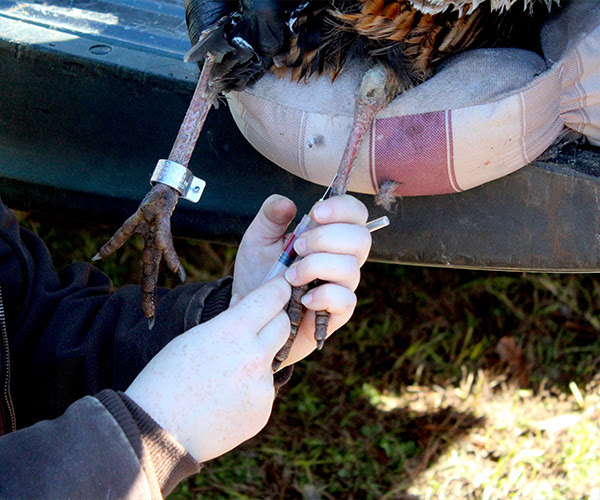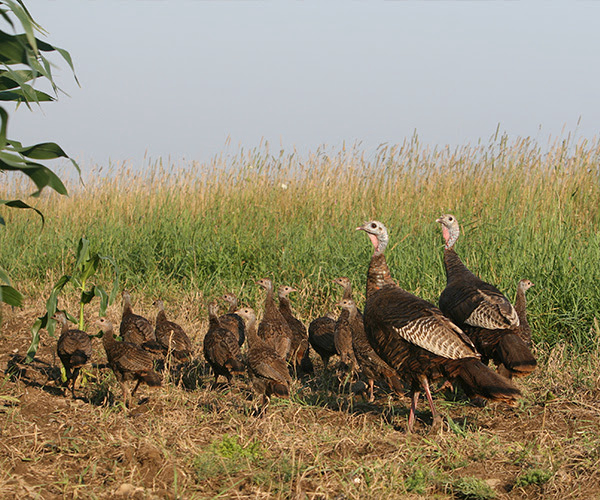NWTF: Act Now to Support Habitat and Forest Management on Federal Lands
The National Wild Turkey Federation is the longest-serving conservation partner of the USDA Forest Service and has worked on Forest Service lands across the country to improve habitat for wild turkeys and many other species for nearly 40 years.
Recently, the U.S. Fish and Wildlife Service and NOAA Fisheries proposed a new rule changing their regulations on Interagency Consultation for existing Forest Plans. The rule can help address a harmful court decision, known as “Cottonwood,” that has stalled many important forest management, wildlife habitat enhancement and wildfire-fuel-reduction projects developed by the Forest Service.
Lawsuits brought by environmental advocacy groups citing Endangered Species Act review and consultation rules and have successfully stalled or prevented vital habitat and forest restoration projects planned by the Forest Service and Bureau of Land Management on lands they manage. The NWTF agrees with the need to follow ESA guidelines to protect threatened and endangered species, but some of these lawsuits are aimed to prevent active forest management in general, which is recognized as key to improving forest and habitat health and resilience to disturbances, such as insects and disease, and is crucial to reduce the risk of catastrophic wildfire.
One recent lawsuit, and its associated court-issued injunction, in New Mexico brought NWTF and Forest Service work to a halt for over 13 months on Cibola National Forest. The lawsuit cited concerns for Mexican spotted owl habitat, a species that ultimately benefits from the planned forest restoration work that reduces fuels that lead to catastrophic wildfire, considered the most important limiting factor to the raptor’s success.
Please join us in supporting this new rule by clicking here to send an official public comment by February 11, 2021. Clicking this link will take you to our partner Healthy Forests Healthy Communities’ Action Center website where you can submit your comment.
The final rule should clarify that federal agencies are not required to re-initiate redundant endangered species consultations on previously approved Forest Plans, but rather consult on individual projects, where specific impacts that may affect ESA-listed species can more readily be identified. It affirms the views long held by career professionals at federal wildlife and land management agencies that Forest Plans are not “actions” subject to the Endangered Species Act’s consultation requirements. Whenever existing forest plans identify and take into account the needs of certain wildlife, species-specific concerns and analysis of specific actions should be addressed at the forest project level.
Please support this effort by commenting on this important rule change that benefits forests, wildlife and communities.






